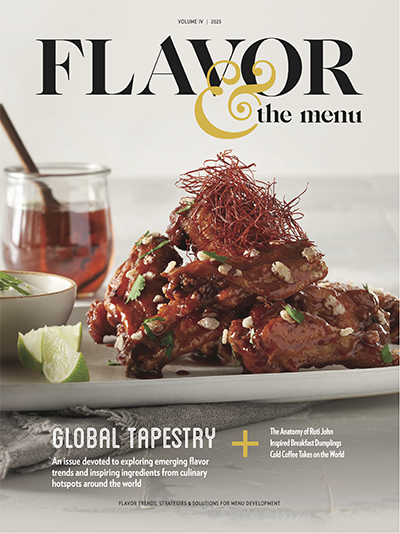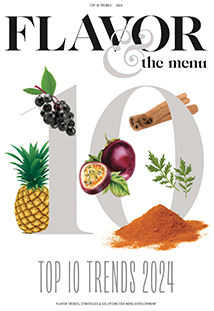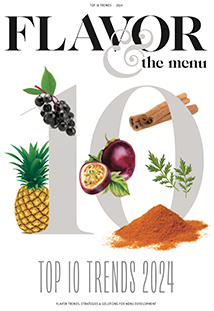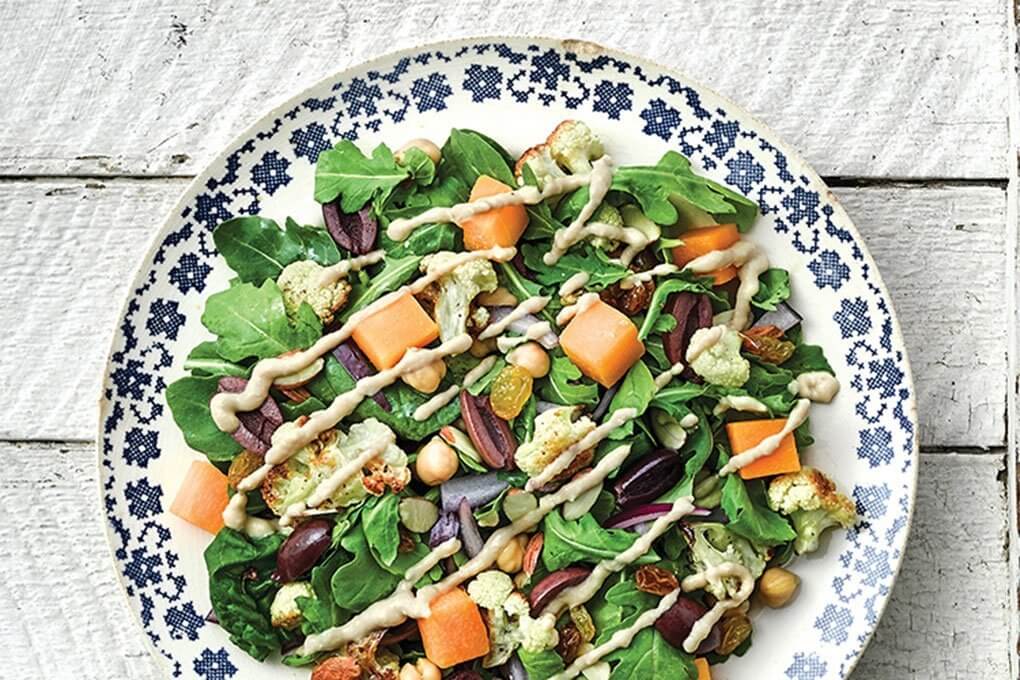
For example, Sweetgreen, a salad fast-casual concept, offers toppings like pickled celery, roasted sweet potato and hot chickpeas. Successful modern brands like these also understand the importance of a strong flavor narrative in their dressings portfolio—Sweetgreens leads with options like a cucumber tahini yogurt dressing and a carrot chili vinaigrette.
“Salads have seen a renaissance, so it makes sense that the most integral component—the salad dressing—should see the next area of culinary innovation,” says Rob Corliss, Bush’s Best® consulting chef. He serves up three ways to leverage the power of plant-based purées in modern salad dressings:
- Add hummus to Caesar dressing for a creamy hummus Caesar dressing
- Add a purée of cannellini beans to a tomato-Parmesan dressing
- Make a green goddess dressing with a base of blended Great Northern beans and Greek yogurt








